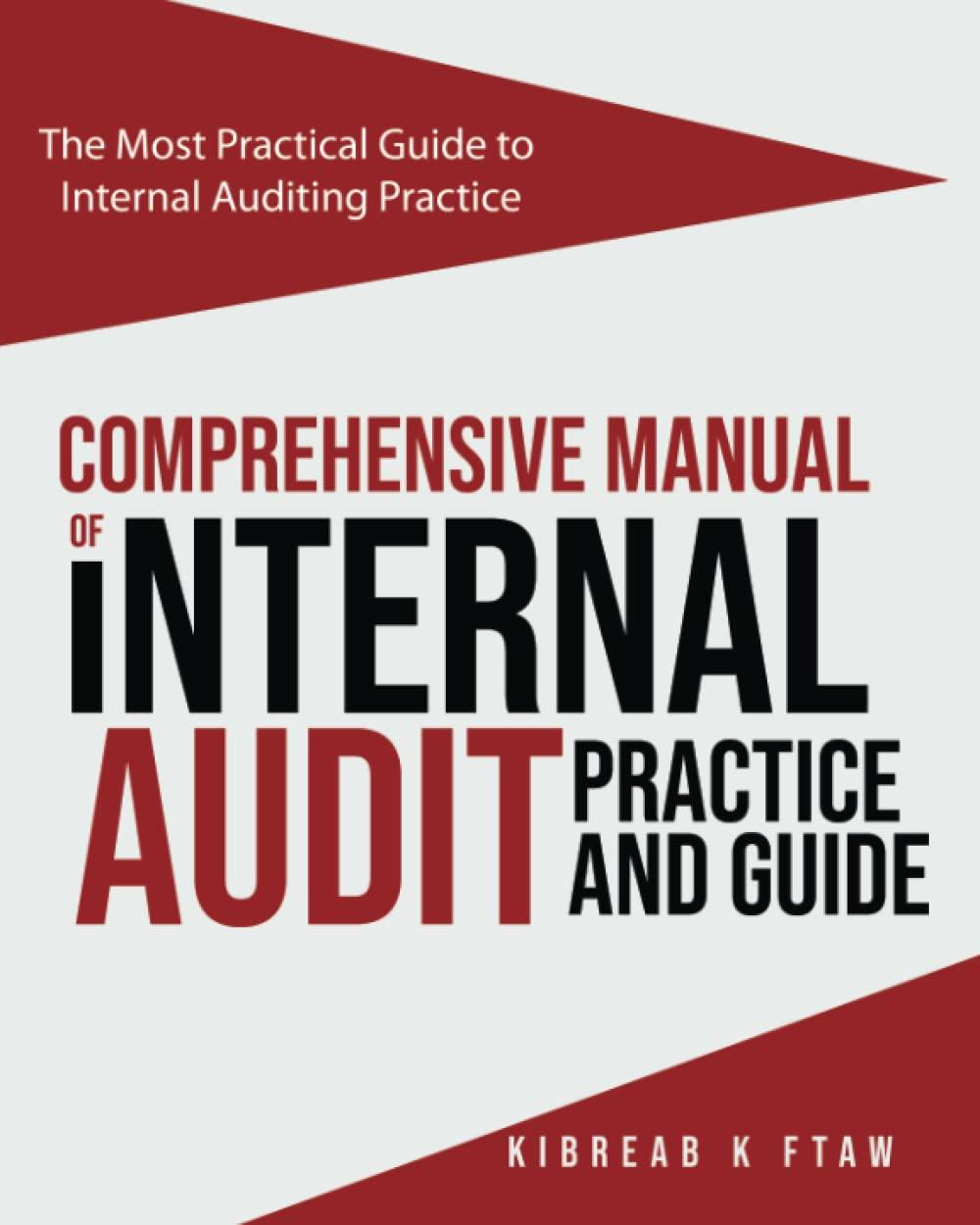Samsan Technology Bhd is a company that involved in artificial intelligent (AI) engineering. The company and its subsidiaries developed the application based on Al, manufacture the application devices and distribute them to consumers. The financial year end of the company is 31 December every year. Recently, the accountants are preparing an interim report for half year ended 30 June 2020. The followings are some of the information on Samsan Technology Bhd regarding the preparations of the interim report: Data on assets, liabilities and equities as at.... 30 June 2020 31 December 2019 RM'000 RM'000 RM'000 RM'000 Property, plant and equipment 7,200 4,500 Intangible asset 4,850 4,850 (-) Accumulated amortisation (1.988) 2,862 (958) 3,892 Inventories 560 569 Trade receivables 1,500 1,300 (-) Allowance for bad debt (130) 1,170 Share capital 5,000 5,000 Retained profits 6,622 4,411 Trade and other payables 500 720 Additional information: 1. An equipment that was purchased on 1 January 2014 at a cost of RM240,000 was tested for impairment. As at 30 June 2020, the equipment's fair value less cost to sell was RM60,000. The equipment was depreciated for 10 years estimated useful life on monthly basis. 2. As at the end of previous year ended 31 December 2019, the company owned an intangible asset at a cost of RM2,500,000. This asset was acquired on 1 January 2018. It was assessed to have indefinite life, thus tested for impairment, if any. However, for the current financial year, the management has decided to change the useful life of the intangible asset from indefinite life to finite useful life. Thus, an amortisation expense has to be recognised over the useful life of the asset. This change was to be applied retrospectively in accordance to MFRS 108. The useful life of this asset is estimated at 10 years and straight-line method is applicable. The amortisation commences since the date of acquisition of the asset. 3. The price of the inventories tends to vary each year. At 30 June 2020, two thousand (2,000) units of inventories have net realisable value of RM275 per unit when their cost was RM280 per unit. The expected net realisable value of the inventories as at 31 December 2020 is RM290 each. 4. As at 30 June 2020, the company estimated that the amount on account receivable would only be 90% collectible by year end. However, the estimated collectible amount has risen to 95% as at 31 December 2020. 5. In February 2020, the company planned a major maintenance of their warehouse that was expected to occur in July 2020 at an estimated cost of RM50,000. This has been recorded as part of the expenses and other payables in the current period. 6. The company has paid RM840,000 on fire insurance for the months of January to December 2020. This has been recorded as part of the expenses in the current year. 7. A new product has been launched on January 2020. For the period ended 30 June 2020, the sales of the new product were RM25,000,000. For the financial year ended 31 December 2020, the company estimated that the sales of the new product will be achieved RM60,000,000. It is the company's policy to make a provision for warranties on repairs of the product equivalent to 5% of the sales. Required: a) Discuss the accounting treatment on the following item for period ended 30 June 2020 in accordance with MFRS134 Interim Financial Reporting: i) Inventories (note 3) (2 marks) ii) Maintenance expenses (note 5) (2 marks) ii) Insurance expenses (note 6) (3 marks) iv) Provision for warranties (note 7) (3 marks) b) Construct an extract of Interim Statement of Financial Position as at 30 June 2020 and its comparative statement by taking into consideration all information above. (Show workings where necessary.) (10 marks) (Total: 20 marks)








